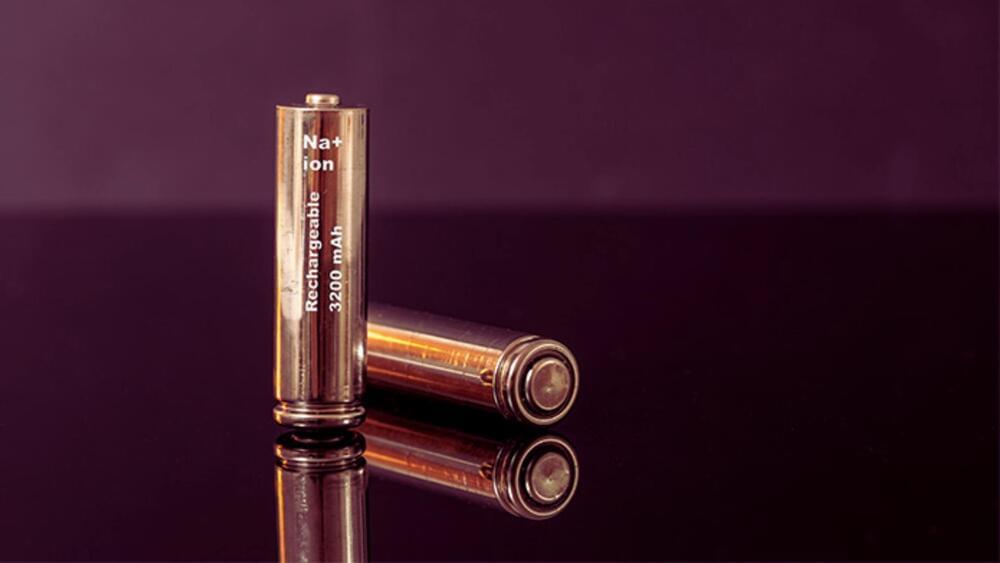Bacterium could head off food versus fuel dilemma by producing chemicals from agricultural waste.
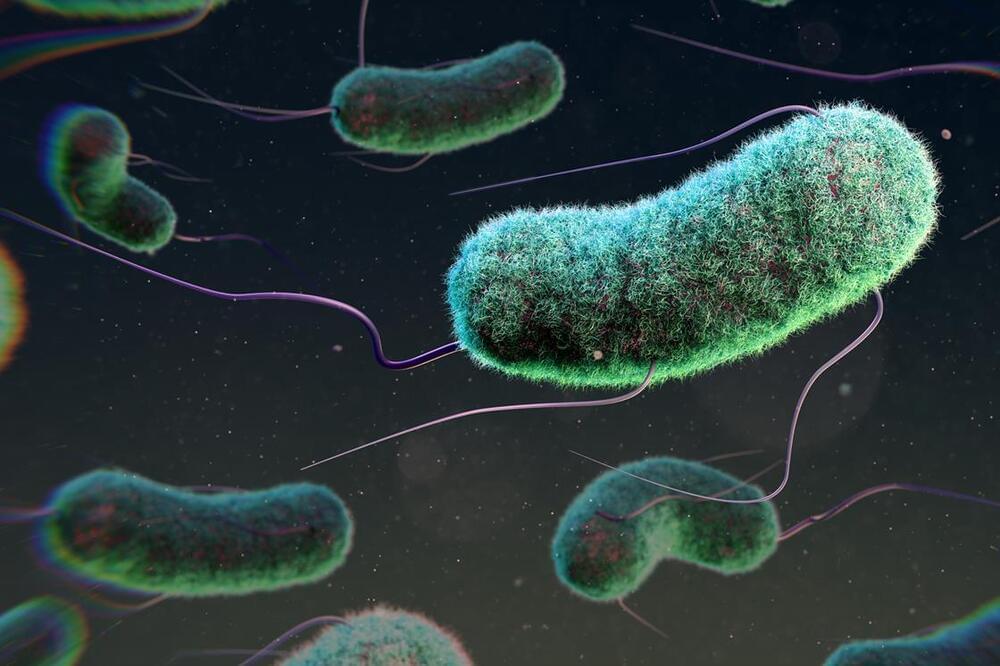

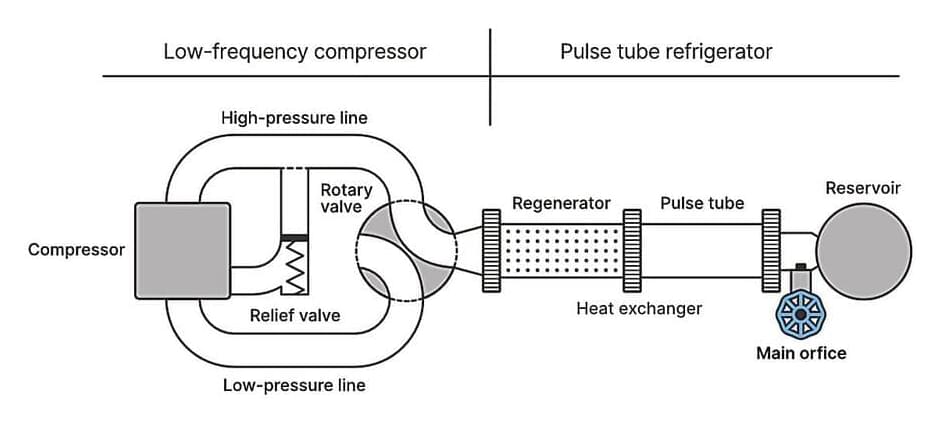
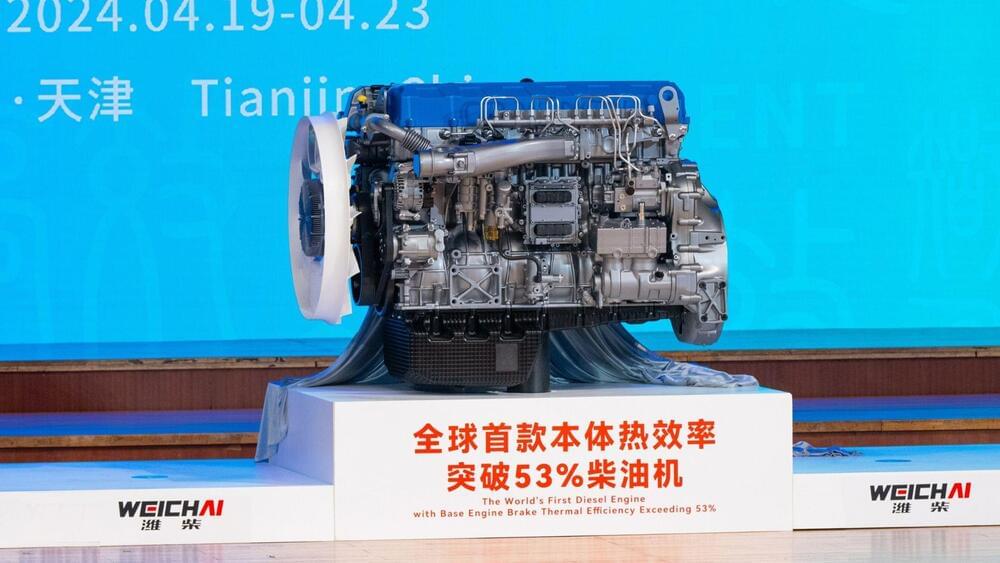

A team at Texas A&M University is taking significant steps for the development of a new generation of energy storage devices. They aim to develop a device that can combine the benefits of current technologies while addressing their limitations.
Dr. Abdoulaye Djire, a chemical engineering professor at Texas A&M University, as well as a few chemistry engineering graduates are focusing on MXenes, which is expected to be a compelling alternative to conventional lithium-ion batteries. Currently, the team is exploring the major advantages of nitride MXenes.
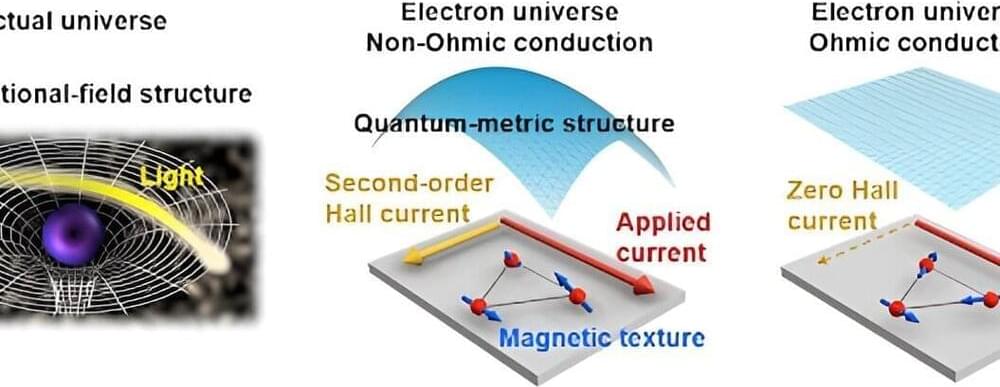
Researchers at Tohoku University and the Japan Atomic Energy Agency have developed fundamental experiments and theories to manipulate the geometry of the “electron universe,” which describes the structure of electronic quantum states in a manner mathematically similar to the actual universe, within a magnetic material under ambient conditions.
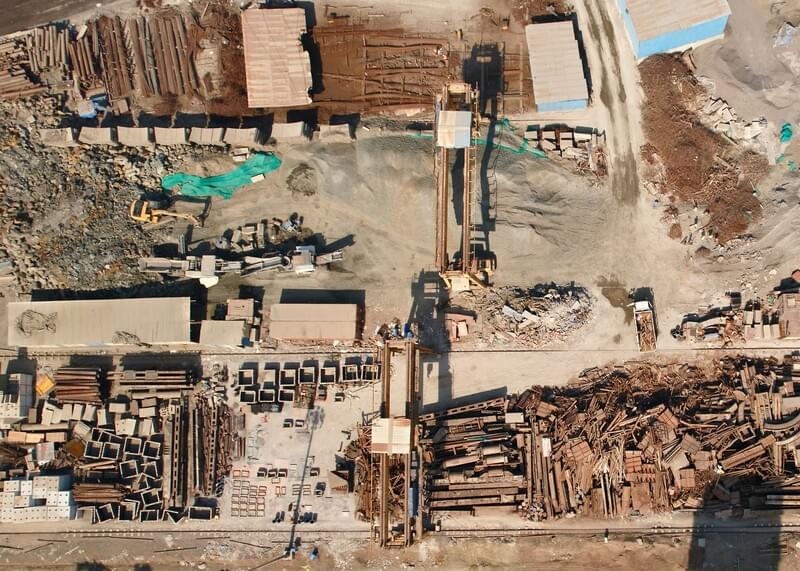
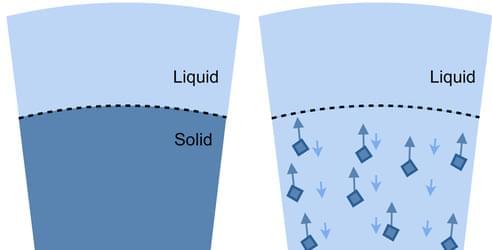
More than 97% of the stars in our Galaxy will end their lives with a whimper—slowly cooling as stellar remnants known as white dwarfs. The cooling of white dwarfs follows a pattern that was thought to be so predictable that the temperatures of white dwarfs are used to determine the age of surrounding stars. New findings, however, indicate this pattern may need revision [1]. Predictions made by Antoine Bédard of the University of Warwick, UK, and his colleagues now indicate that some white dwarfs may undergo a process that “reinvigorates” the stars, significantly slowing down the cooling process. That change could alter the calculated ages of white dwarfs by billions of years.
When a small star (one with a mass 8 times or less that of the Sun) runs out of nuclear fuel, it sheds its outer layers to form a planetary nebula. The core of the star then collapses into a white dwarf. Producing no heat, white dwarfs spend their existences radiating their remaining energy into space, cooling and solidifying from the inside out. Or so astrophysicists thought.
In 2019, this model was disrupted by astronomers analyzing data from the European Space Agency’s Gaia mission. The researchers identified a previously unknown population of white dwarfs within the Milky Way with anomalous properties [2]. As stars age, their velocities increase with respect to nearby stars because of repeated gravitational interactions with those stars. The newly identified white dwarfs, dubbed the Q branch, have much higher average velocities than models indicate they should have based on their temperatures, a finding that suggests that the Q-branch white dwarfs are older than previously thought. Some process is slowing down the cooling.
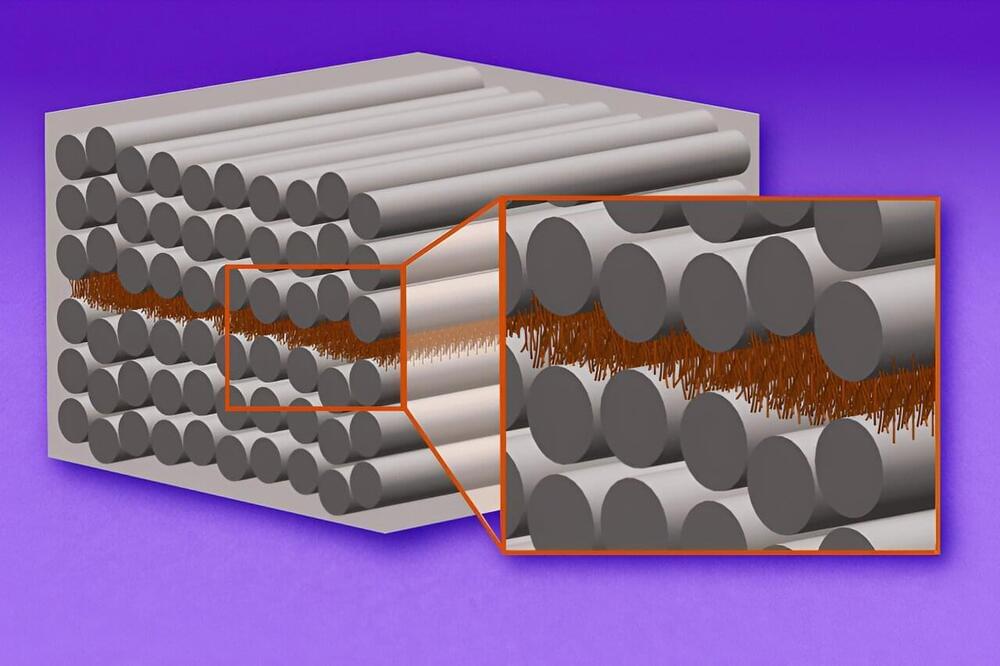
To save on fuel and reduce aircraft emissions, engineers are looking to build lighter, stronger airplanes out of advanced composites. These engineered materials are made from high-performance fibers that are embedded in polymer sheets. The sheets can be stacked and pressed into one multilayered material and made into extremely lightweight and durable structures.
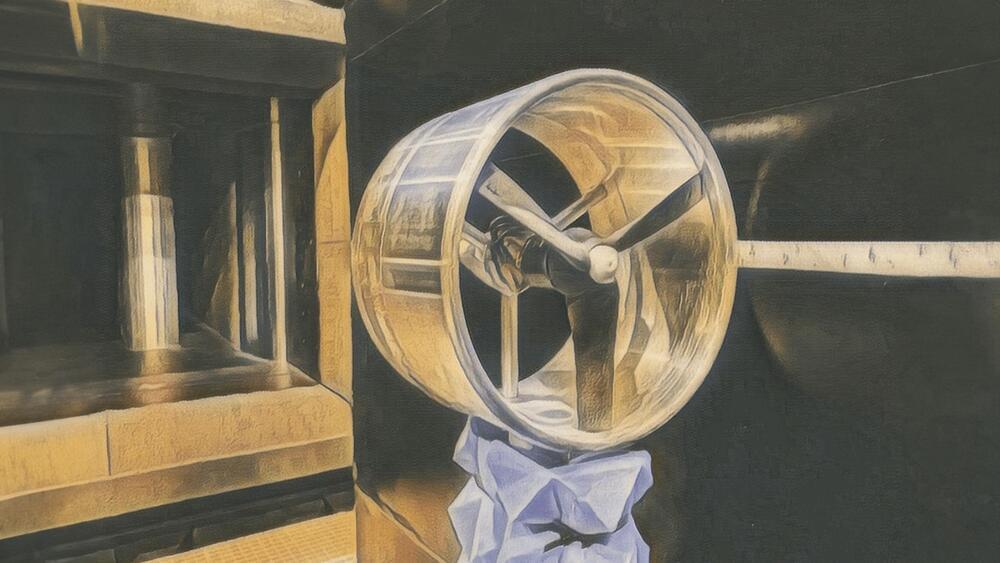
Researchers at the University of Bristol have uncovered the secrets behind the quiet operation of futuristic aircraft equipped with innovative embedded engines.
The study sheds light on the noise generation and transmission mechanisms of boundary layer ingesting (BLI) ducted fans. These engines draw in air from both the front and the surface of the aircraft’s body and operate with high efficiency, reducing fuel consumption compared to traditional engines.
